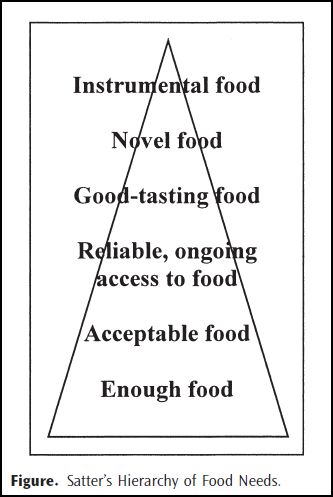One of the most important ideas in social psychology is that there are different ways to think. Sometimes we consciously process information by reasoning through it. Other times we rely on snap judgements, emotional reactions, habit and instinct. These two ways of thinking (sometimes called “cold” and “hot”, “discursive” and “practical”, or System 1 and System 2) are important for studying society and culture. Is an advertisement trying to persuade you with an argument, or just trying to get you to feel a certain way when you pick up a product? We all think that System 1 is thinking, but once you start noticing System 2 at work, plain old thinking can seem a bit more magical.

Psychics are a fun way to see these ideas at work. Check out this short clip of actor Orson Welles talking about his experience with “cold reading”—learning and practicing the techniques that psychics use to draw conclusions and make predictions about people. Notice how the story he tells moves across the different kinds of thinking.
At first, cold readers consciously rely on a set of observations and rules, but as they get better this process becomes instinctual. They start relying on snap judgements, and they sometimes start believing that their instincts reflect actual psychic abilities. What’s actually happening is a practical insight from their training, it is just packaged and sold like it came from carefully considering a mystical knowledge or power.
But if a psychic doesn’t believe in what they are doing, is selling readings unethical? If the insights they get are based on real observations and instincts, are they just helping people think about their lives in a different way? If you have a little more time to ponder this, check out this cool documentary about Tarot reader Enrique Enriquez. He makes no claims to a mystical power or secret knowledge here; he just lays out cards and talks to people about what they bring to mind. The commentators say this is closer to poetry or performance art than psychic work. What kinds of thinking are going on here?
Evan Stewart is an assistant professor of sociology at University of Massachusetts Boston. You can follow his work at his website, on Twitter, or on BlueSky.








